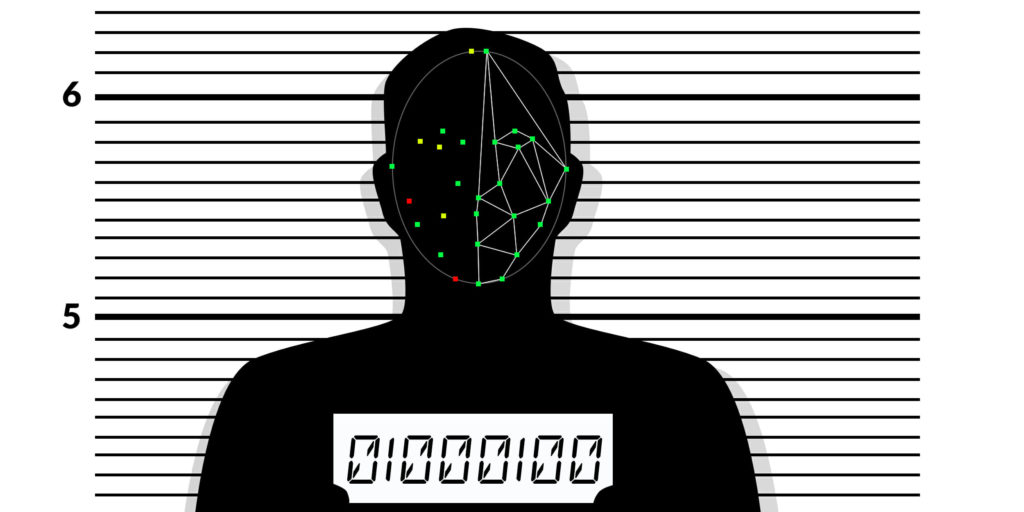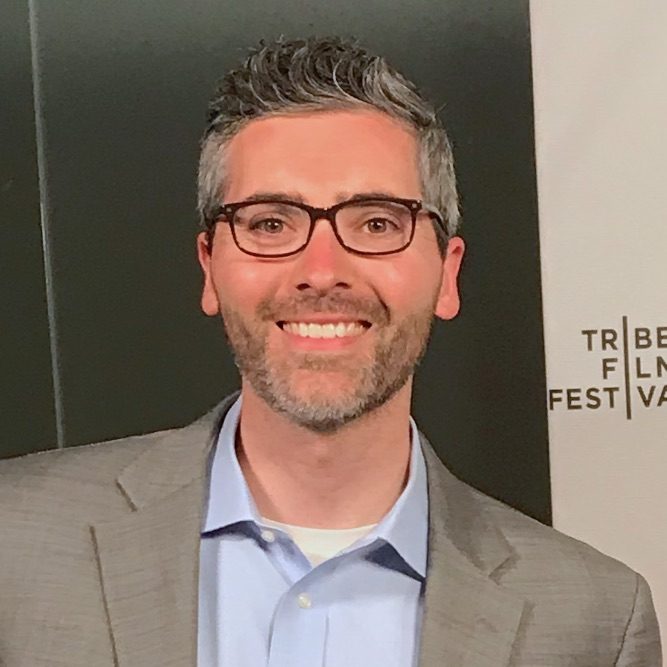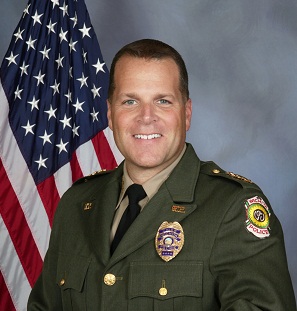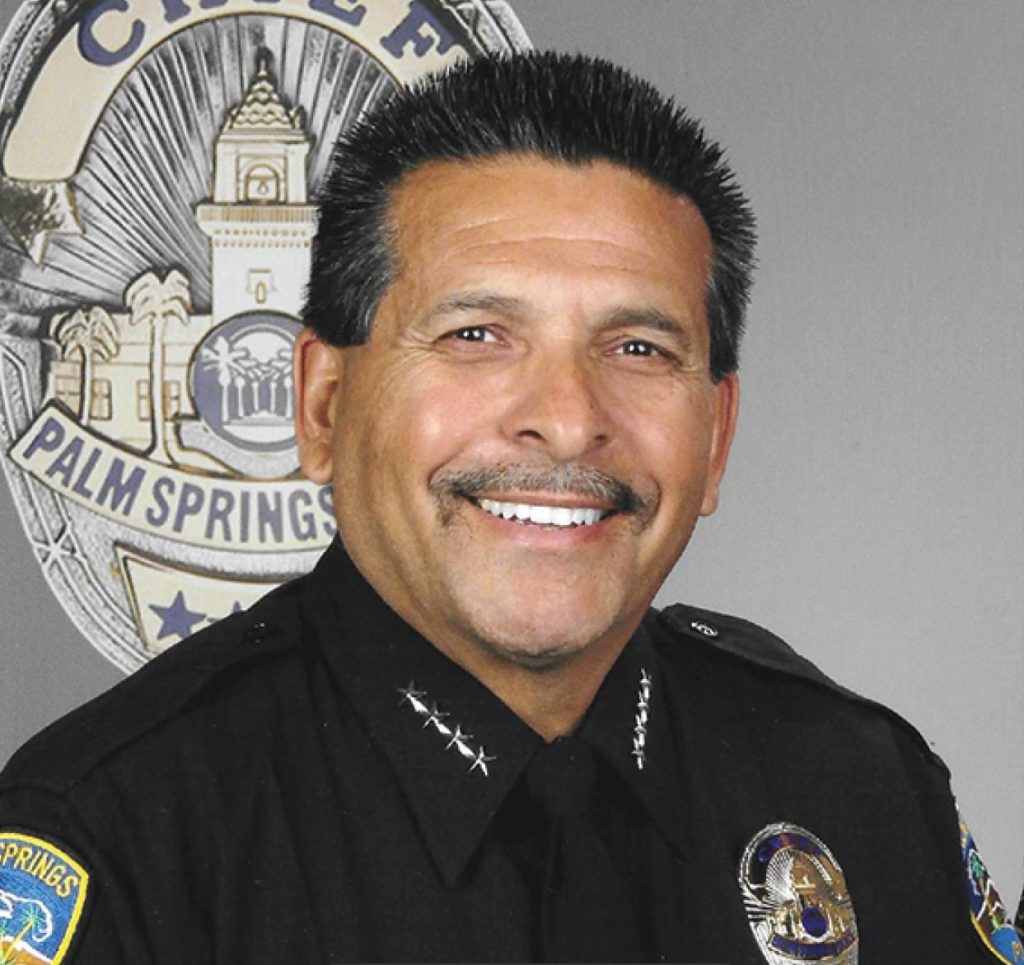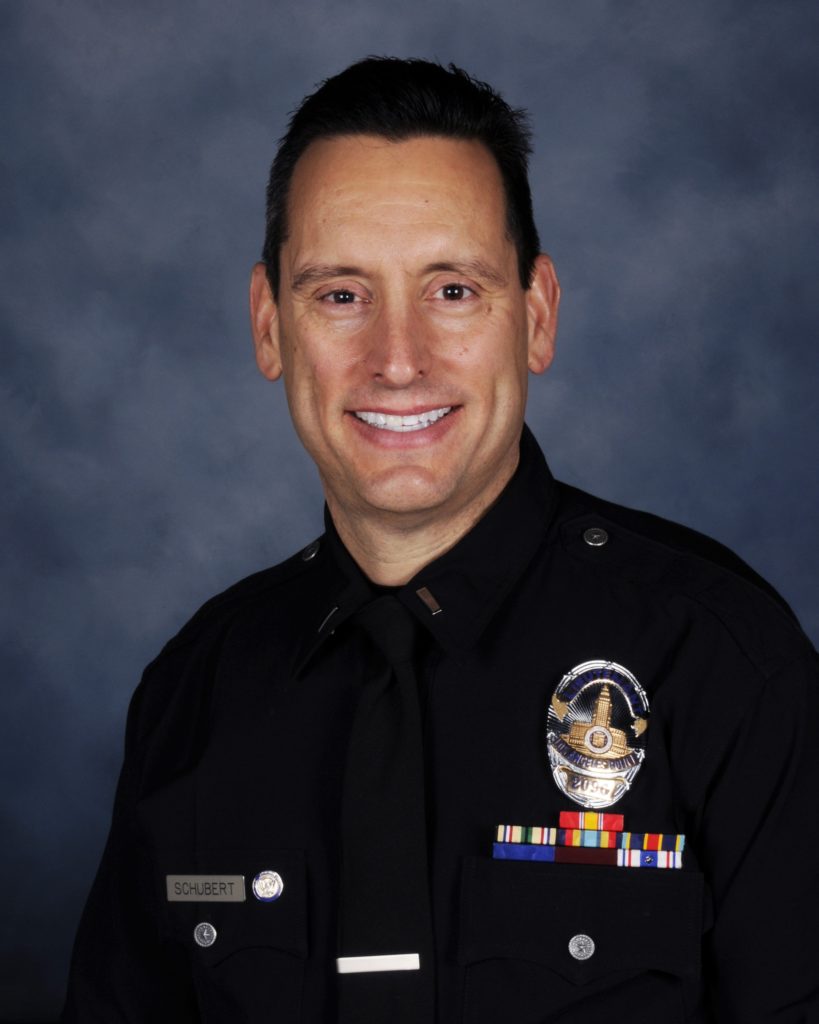Welcome to the OnPolicing Series
OnPolicing captures the thoughts of some of the country’s most important voices on contemporary policing. It is intended to stimulate debate about the state of policing and the myriad of challenges involved in controlling crime, disorder, and terrorism in a democracy like ours. The opinions are the authors’ own and may not represent the official position of the National Policing Institute. All comments are welcome—especially contrarian ones. We reserve the right to remove hateful or profane posts.
Please refer to the essay entitled "An Introduction to OnPolicing" for an in-depth introduction to the series by the National Policing Institute’s former president and founder of the OnPolicing blog, Jim Bueermann. If you would like to contribute to the OnPolicing series, please send your 500-1000 word essay to info@policinginstitute.org.
COVID-19 is ‘taxing on police chiefs’ but policing profession’s ‘strong mindset’, ‘public cooperation’, and ‘communication’ is going ‘incredibly well’
As Chief of Police in the City of Pasadena (CA), I, along with all of my other colleagues in law enforcement, am responsible for guiding our police agency in this difficult time, as well as provide public safety services during the COVID-19 pandemic. This national emergency is unlike any other emergency or crisis law enforcement…
What Chiefs Can Do Today About Impending Officer Shortages
In the midst of the COVID-19 crisis, many leaders are coping with the impact of officers in their organization being on quarantine, hospitalized, or simply calling in sick. This is occurring against a backdrop in which many agencies are struggling to achieve full staffing. The forecast from many police futurists, however, is that this situation…
Facial Recognition Technology Deployment and Mass Surveillance in London
Having the authority to do something doesn’t always mean that we should. That’s the thought that came to mind when reading the news of the London Metropolitan Police’s recent deployment of facial recognition technology in east London. While some may say we should “mind our own business” and not worry about what the Met does…
“The End of Killing”: A Conversation with Axon CEO and Author, Rick Smith
Rick Smith wants to put an end to sanctioned killing. This sounds like an ambitious goal, but the CEO of Axon (previously Taser) and author of the book, “The End of Killing,” has both a vision and a strategy to make this goal a reality. Ultimately, Rick wants police officers and soldiers to have more…
Innovating with Police Recruit Training: How I used the documentary Charm City to teach Baltimore Police
Why Make the Film “Charm City?” Eric Garner. Michael Brown. Black Lives Matter. Blue Lives Matter. In 2014 and 2015 we became familiar with these names, incidents, and hashtags. The news outlets flooded our tv screens with divisive arguments on all sides of the issues related to police and community relations. We all remember the…
Transparency that matters: Releasing the right information at the right time following an OIS incident
Throughout my tenure as Chief of Police, in Duluth as well as Wichita, I’ve taken pride in my strong belief and commitment to working together with the community. In order for our relationship to be and remain effective, it is essential that we work closely together and that we do so on the basis of…
Co-opting the Police: What can be done about “Profiling by Proxy?”
More than 50 years ago, James Q. Wilson noted that, “As the urban poor and the big-city police increasingly come into conflict, it is the patrolman who is on the grinding edge1.” Wilson’s imagery brings to bear an uncomfortable reality that is neither pleasant for police or the community. If police are on the grinding…
Utilizing Data and Science to Reduce Serious Injury and Fatality Crashes on Rural Roadways
As commanders within state police and patrol organizations, we are charged with protecting the citizenry traveling on our roadways. Although some might view violations of traffic laws as lesser offenses, those infractions can often lead to death and/ or serious injury if not corrected. In 2016, a total of 37,461 people lost their lives on…
Enhanced Interviewing Techniques to Improve Memory Recall
What Happened? Who did it? And, where are they now – simple enough, right? Typical questions that police officers and investigators want answered. But all too often, we attempt to rush and control an interview by asking close-ended questions. This drive for expediency can unintentionally reinforce the victim’s sense of inadequacy, frustrate and confuse them,…
“Peace Officers” Are the Guardians of Our Society
In 2016, our colleague, Executive Director, Sue Rahr of the Washington State Criminal Justice Training Commission wrote on the National Policing Institute blog about how law enforcement has become very good at fighting crime; yet, as a profession, we are struggling; I would agree, law enforcement in the United States is at a crossroads with…
Getting Ready for the NIBRS Transition
On January 1, 2021, the Federal Bureau of Investigation (FBI) will retire the Uniform Crime Reporting (UCR) Program’s Summary Reporting System (SRS). After then, the FBI will only collect crime statistics through the National Incident-Based Reporting System (NIBRS). We should understand why this is an important move and prepare for it. As local law enforcement…
Community Policing and Public Transportation
On July 1, 2017, the Los Angeles Police Department’s (LAPD) newly-formed Transit Services Bureau (TSB) and Transit Services Division (TSD) entered into a five-year contract with the Metropolitan Transportation Authority (METRO) with the promise to provide safe and effective conveyance for all 1.5 million Angelenos who commute daily along the 95 miles of rail lines…



